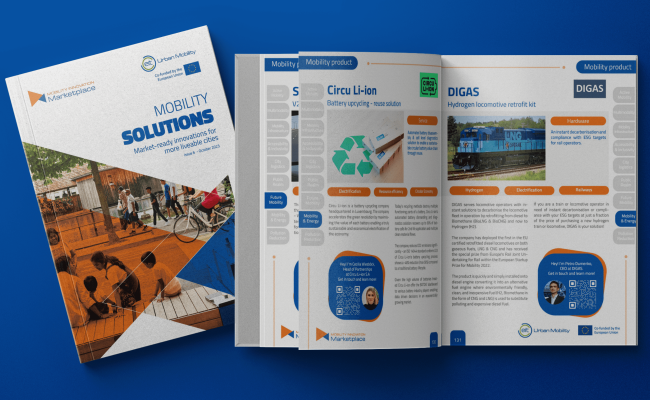Stay informed and expand your expertise with our curated articles by urban mobility experts. Dive into the latest sustainable mobility trends that shape future urban transport and infrastructure.

Electric mobility transition project in the Arab Region
Electric mobility has the potential to contribute significantly to sustainable development in the Arab region.

Transforming wind turbine waste into sustainable urban solutions
Tackling the escalating wind turbine waste crisis is crucial for a sustainable future.

(Re)connecting cities: mobility, people, and places | Mobility Talks
Transitioning to smart and low carbon mobility requires a shift in mode use within our cities.

Unlocking sustainable urban transformation: discover the Nordic approach
As climate change accelerates and urbanisation continues to reshape our cities, finding innovative solutions to address these challenges becomes paramount.

Urban delivery solutions: New road vehicles to focus on
One of the latest challenges facing new urban delivery vehicles is the need to balance the demand for faster and more efficient deliveries with the need to reduce emissions and improve air quality

Data and technology: The challenge of combining big data and people’s needs
As cities continue to grow and evolve, the use of data and technology has become increasingly important in managing their daily operations.

Critical enablers to scale Urban Air Mobility
Medical emergencies, parcel deliveries, and passenger transport as we know them could be upended by Urban Air Mobility in the near future.

Mobility Budget: The approach of future corporate mobility?
War of talents, sustainability goals, and rising costs are just a few reasons why having a holistic view on corporate mobility is becoming increasingly relevant for companies in recent years.

Green mobility: Let’s put European cities on a Mobility Diet
If we promote green mobility forms such as walking and cycling over cars, our cities can become greener and more attractive to live in. But how do we stop designing cities around cars?
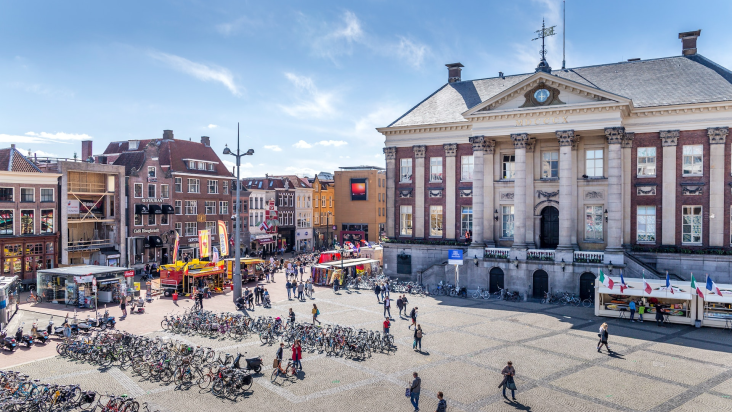
Concepts that improve city logistics: Groningen example
Living in a busy city comes with many perks.

Public Mobile Robots on the forerun: critical standards to preserve quality
While public mobile robots (PMRs) are commonly described in terms of last-mile delivery new models which assist humans in public-space maintenance, management and monitoring have entered the scene
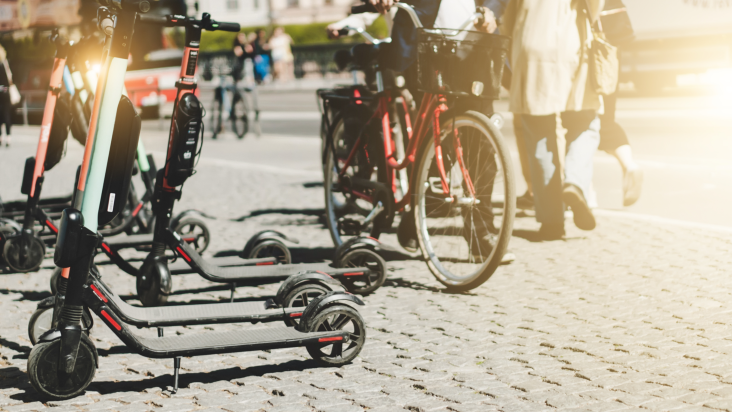
The progress of shared micro mobility across Europe | Keynote by Augustin Friede
Despite controversial discussions and regulations, shared micro mobility with e-bikes, normal bikes, e-scooters or e-mopeds in cities across Europe kept rising over the past year.
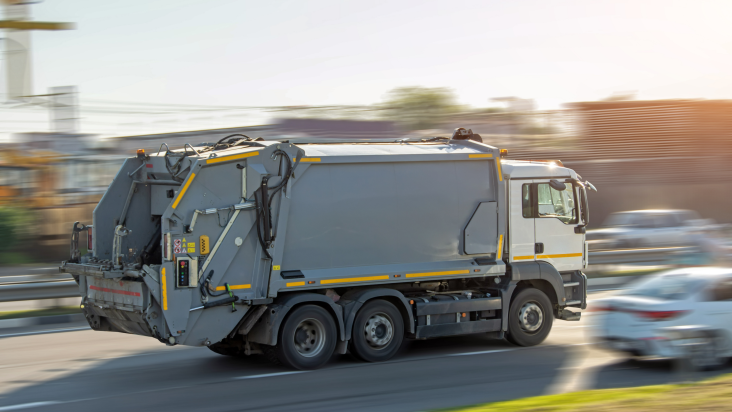
Urban waste collection on the pursuit of zero-emissions
Focussing too much on the bright side of fancy innovation challenges, may lead to the fact that we miss out some of the important once.

How urban access regulations can resolve the mobility challenge
Although the variety of Urban Vehicle Access Regulations (UVARs) and objectives pursued has created some uncertainties in the past, the benefits of well-implemented examples have shown that access

Decarbonisation of road freight transport: How to accelerate the uptake of zero
Decarbonisation of road freight transport depends not only on the availability of novel vehicle propulsion concepts on the market, but as well on the availability of the required charging and fuell
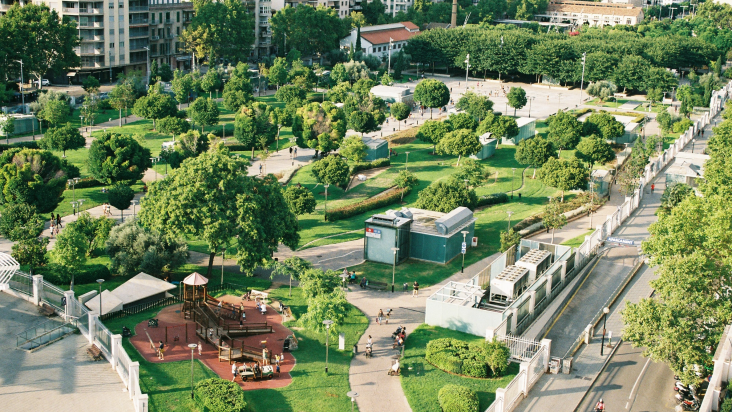
HOPU joins forces with Libelium
More than 700 devices deployed in more than 100 cities have convinced Libelium to join forces with HOPU.

Towards cleaner and more energy-efficient mobility
As the EU takes further measures in its aspiration to reach climate neutrality, the role of cities and urban environments grows increasingly evident.

The European AI market: towards ethical leadership
Artificial Intelligence has been coming on strong in Europe – despite remaining market-entry burdens, many high-quality solutions have been developed in Europe to support use cases in the urban mob

Meeting Green Deal goals in sustainable urban mobility pays off, and a lot
The most cost-efficient investments for small, medium, and large European cities to reduce transport emissions of 55% by 2030 and 90% by 2050 compared to 1990 levels.




